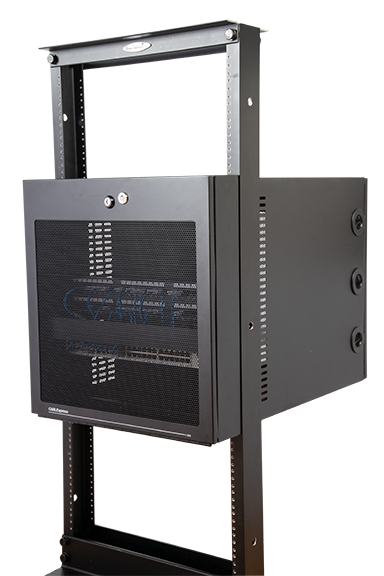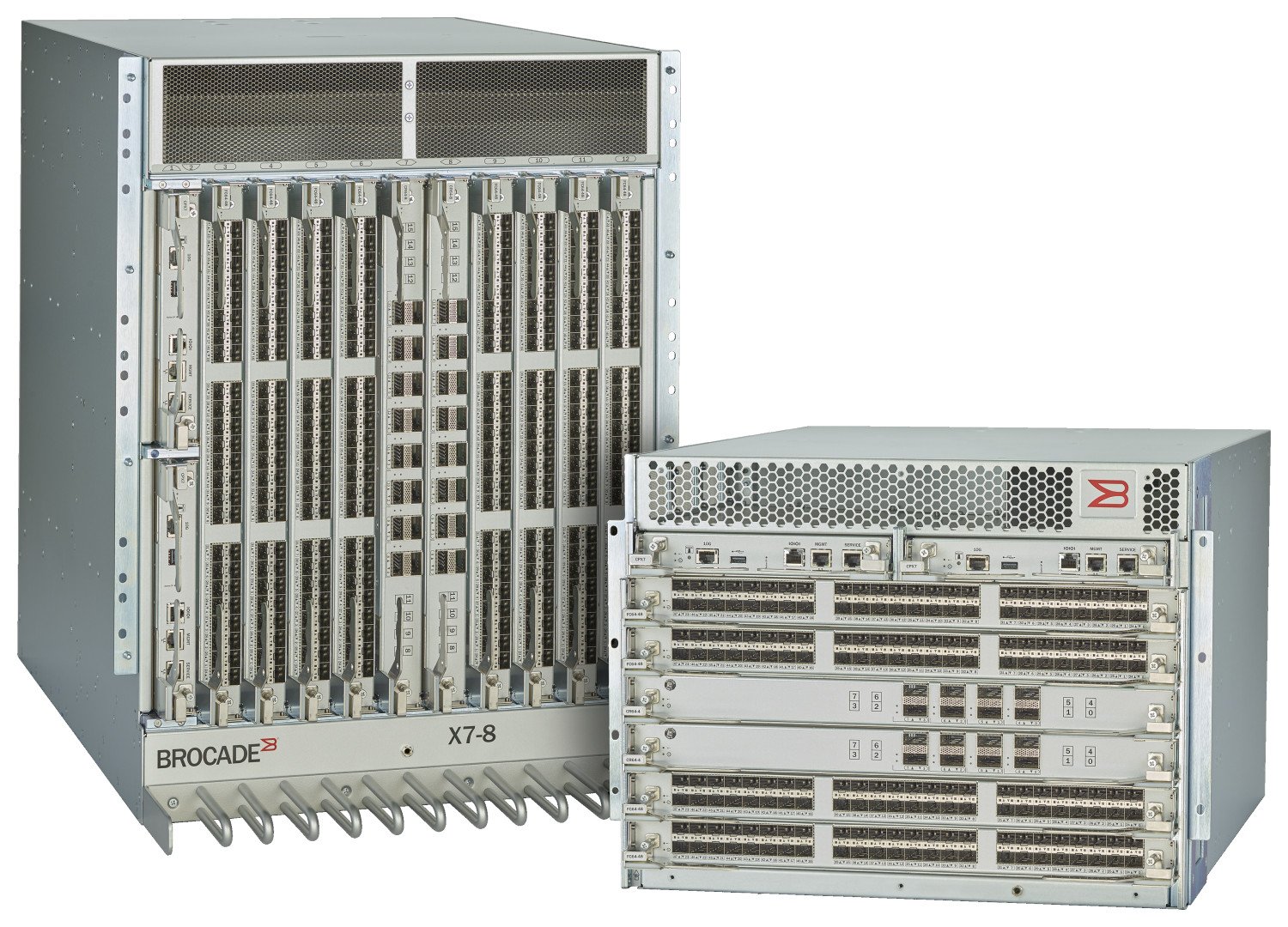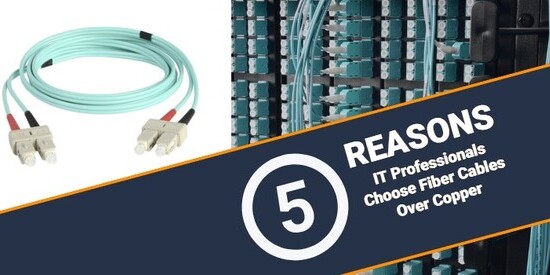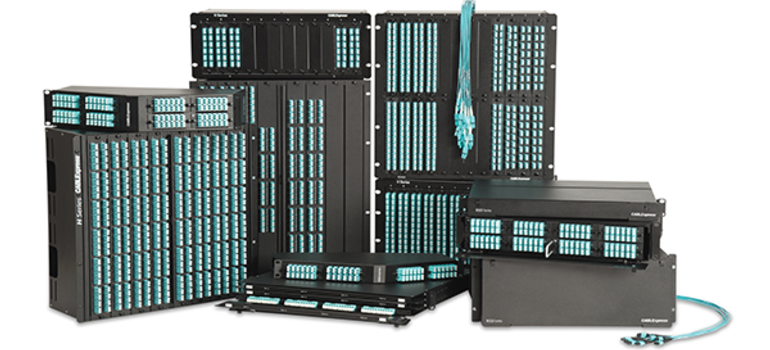When trying to determine what transceivers and fiber cable to use in your installation, determining the speed needed and the...
When trying to determine what transceivers and fiber cable to use in your installation, determining the speed needed and the distance that the fiber cable needs to run are two critical factors that must be taken into account when first calculating your decision.
Speed and Distance Considerations
When using multimode fiber, it’s important to remember that as your speed increases, your allowable distances decrease. Since the need for faster speeds is a growing demand, it’s crucial that you choose a type of fiber cables that will support these faster speeds. You don’t want to run new fiber only to realize that after a short time, it doesn’t support the next generation of network speeds.
Speaking of equipment, the equipment you have will also play a role in what transceivers you need to purchase. It’s imperative to know what transceivers are supported by your hardware and what speed the transceiver port will allow.
By using the chart below and considering what speeds the link may need to run at in the future, you can then determine if you should install multimode or singlemode fiber.
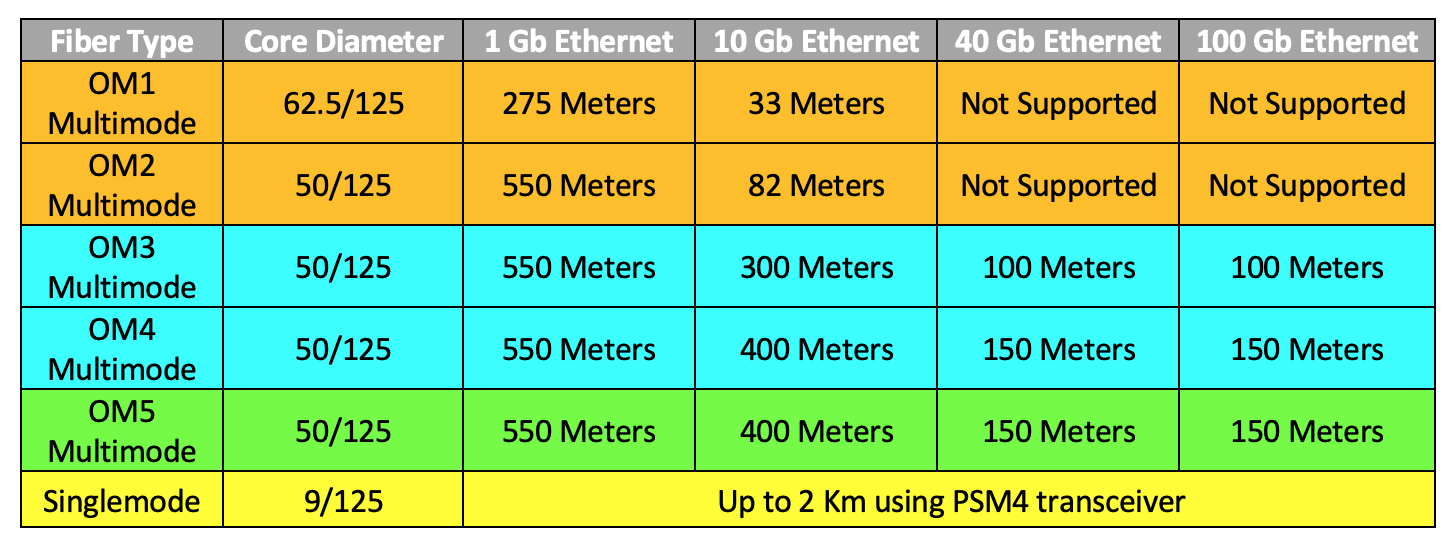
Types of Fiber
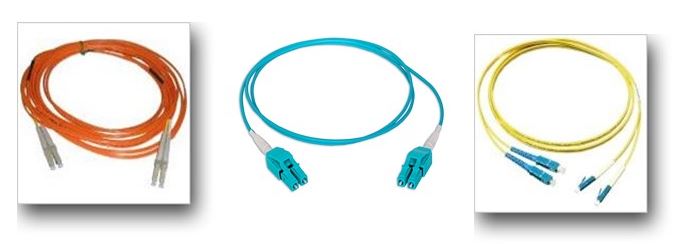
- Multimode OM1: 62.5 Micron | Orange colored jacket
- Multimode OM2: 50 Micron | Orange colored jacket
- Multimode OM3 & OM4: 50 Micron | Aqua colored jacket
- Multimode OM5: 50 Micron | Lime Green colored jacket
- Singlemode OS2: 9 Micron | Yellow colored jacket
Types of Transceivers

- SFP (Small Form-factor Pluggable): 1 Gigabit Ethernet speed, typically an LC fiber connector
- SFP+ (Small Form-factor Pluggable Plus): 10 Gigabit Ethernet speed, typically LC fiber connector
- QSFP (Quad Small Form-factor Pluggable): 40 and 100 Gigabit Ethernet, MPO
- OSFP (Octal Small Form-factor Pluggable): 200 and 400 Gigabit Ethernet, MPO or LC
- QSFP-DD (Quad Small Form-factor Pluggable – Double Density): 200 and 400 Gigabit Ethernet, MPO or LC
Multiple transceivers options
Within each category of transceivers there are multiple options depending on the type of fiber you will be using and the distance covered. For example, there are 1000Base-SX SFPs that use multimode fiber, and 1000Base-LX SFPs that are meant to be used with singlemode fiber.
The same is true for the SFP+ transceivers: SR is multimode and LR is singlemode. You can think of the S standing for shorter runs and the L standing for longer runs. Other versions of singlemode SFPs are available for distances over 10km, including EX (40km) and ZX (80km).
Recent Posts
Ensuring Uncompromised Security
The Problem:Data...
In a significant leap forward for data center...
Effective cable management is not just about...
Posts by Tag
- Fiber Optic Cables (9)
- Cabling (5)
- data center (5)
- Fiber Cable (4)
- NETWORKING (4)
- Structured Cabling (4)
- Fiber Optic Cabling (3)
- Networking Cables (3)
- Port Replication (2)
- Brocade (1)
- Data Security (1)
- FCOE Works (1)
- Fiber Cables (1)
- Hardware Security (1)
- ICLs (1)
- IT Infrastructure (1)
- IT Network (1)
- POE (1)
- Switches (1)
- Tapped Holes (1)
- hardware (1)
- storage (1)
- strategy (1)
Popular Posts
Why does the gauge matter in my network’s racks?...
When you are building a network that requires...
In the cable world, the term structured cabling...



